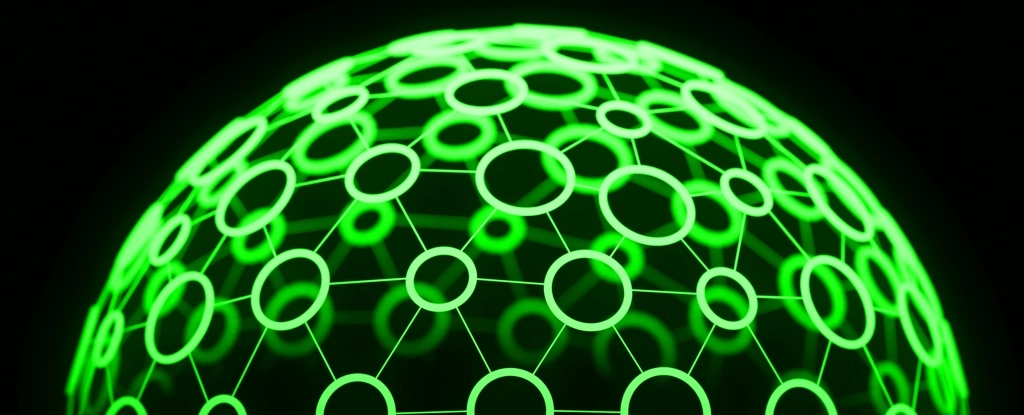Fiber optic cables run across the oceans and the wind blows underground to serve our communications systems, and scientists believe this vast network of infrastructure could be used for another purpose: observing the Earth’s surface from below. In particular, 1.2 million kilometers (over 745,000 miles) of existing fiber optic cable can be combined with satellites and other remote sensing tools to monitor the entire globe in real time.
The team behind this idea suggests that this way, it can track storms and earthquakes, as well as seagoing ships and whales. The network may even have the potential to detect broken pipelines.
“This could be a fundamental global observatory for ocean and earth sciences,” says geophysicist Martin Landre of the Norwegian University of Science and Technology (NTNU).
Monitoring will be carried out using acoustic sensors of fiber optic cables. Cable kinks caused by sound waves or real waves can be received and interpreted to measure motion. This was demonstrated by some of the same team watching whales in the Arctic last year. Over 44 days in 2020, scientists were able to detect more than 800 whale calls using a 120-kilometer (75-mile) underwater cable. They also detected a powerful storm 13,000 kilometers (8,078 miles) away.
All of this is made possible by a setup known as Distributed Acoustic Sensing (DAS) and a device called an interrogator. The interrogator sends a pulse of light down the fiber optic cable and then detects and accurately measures any kinks.
“This technology has been around for a long time,” says Landre. But it has taken a huge leap forward in the last five years.” “We can now use it to track and measure acoustic signals up to 100-200 kilometers away. So this is something new.”
There are limitations: the results obtained by the system contain a lot of noise, which means that it is more difficult to detect signals than, for example, with seismometers. This is where other sensors like satellites come into play to add additional content. This is a technology that is constantly being developed. Currently, DAS interrogators cannot “see” past components inside fiber optic cables used to extend signals, but researchers are working hard to overcome this limitation.
In addition, the team wants to emphasize that the worldwide surveillance network will complement, not replace, other systems. Because this cable is so large, the potential number of finds could be huge.
“The DAS whale detection and tracking experiment demonstrates an entirely new use for this type of fiber optic infrastructure, resulting in extraordinary and unique science,” says Landre.
Source: Port Altele
